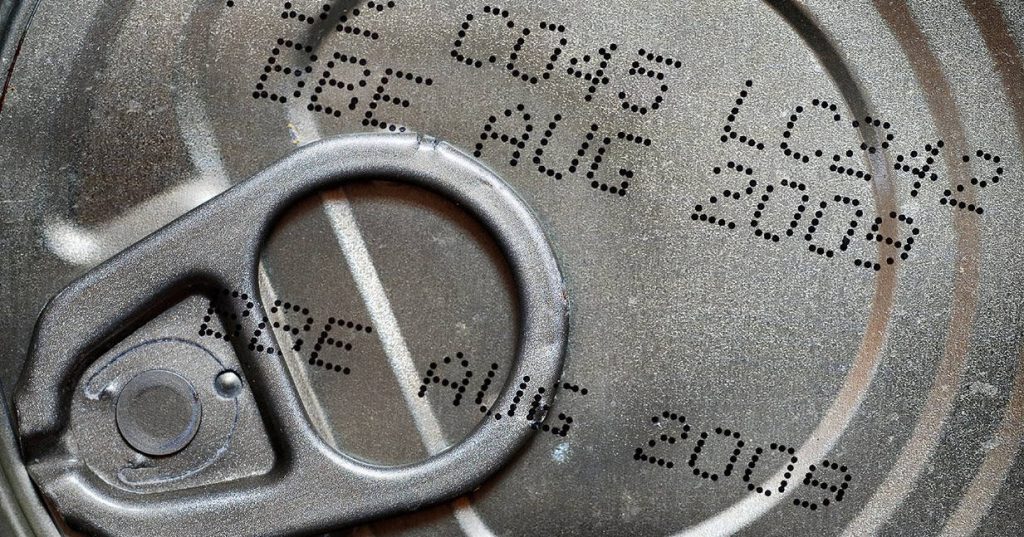Is This Safe to Eat?

Have you ever pulled a can of food from the far reaches of the pantry and wondered what would happen if you ate it? Sometimes we can’t find a “best by” date or can’t decipher the code. Most of us have been in this situation. But, help is as close as your computer!
The most helpful habit is to take a minute while stowing away new groceries to be sure you can identify the “use by” or “best by” dates on packaged foods. If you are not seeing dates, just grab a marker (keep one in the kitchen) and mark the purchase date on the can or package (month and year will do). You can label frozen foods by writing the food and date on masking tape and sticking to the package. This will be so helpful if you pull out the item a year or more down the road. This could be a good job for children.
The Food Keeper
You can easily determine how long to keep foods either in the pantry or the refrigerator or freezer using The Food Keeper from the Food Marketing Institute. Once you are at the website, you can search for specific foods or browse by letter or food category. The search results will tell you how long food will keep in the refrigerator and the freezer, including whether it is suitable for freezing.
For example, let’s look up a can of chicken. Clicking on the Shelf-Stable Foods link, we can scroll down until we come to the Shelf-Stable Food-Other Items chart. Looking at the Canned goods line, we see that unopened, the canned chicken will last 2 to 5 years and 3 to 4 days in the refrigerator after opening. See chart below.
“When in doubt, throw it out” is an old saying that may keep us from getting sick. However, we Americans do waste a lot of food, which can be costly for families. Sometimes we throw away good food just because we aren’t sure of the safety. Using The Food Keeper can help reduce food costs and stretch EBT benefits.
Another strategy for fresh foods, like cottage cheese or sour cream is to figure out your own “use by date” when you open the package. Use The Food Keeper to determine a food’s toss date by using the number of days in the Refrigerator After Opening column. Write “toss by” and mark date on the package.
You may find it easier to keep a printed reference handy. While not as specific as The Food Keeper, these references from Ohio State University Extension’s Ohioline are easy to print and keep in the kitchen:
A note about frozen foods: Foods in a “deep freeze” – a chest or upright freezer – will keep much longer and with better quality than foods stored in the freezer section of a refrigerator. Although safe to eat, for best quality and taste, most foods in a refrigerator-freezer should be used within 3 months.
Leave a Reply